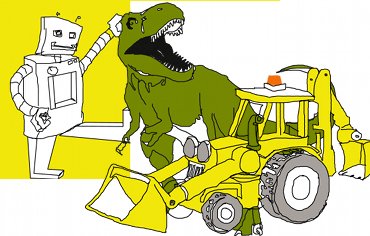Vanilla, Pear and Ricotta Cake
Ingredients150g ricotta
2 pears
1/2 cup caster sugar
4 seperated eggs
1/2 cup plain flour
3/4 tspn baking powder
Syrup
1 cup of castor sugar
1 cup of water
1/4 tsp vanilla essence
Preparation
1. Preheat oven to 180C. Line the base and sides of a 20 centimetre solid based cake tin, with greaseproof paper. Ensure the collar of the grease proof paper is 3-4 centimetres higher than sides of the tin.
2. remove woody stem, stem fibres and seeds from pear and slice into thick segments.
3. For syrup, place water and castor sugar into a saucepan. Bring to a rapid boil over a high heat. Boil for 6–8 minutes or until it begins to form brown caramel colour. Continue cooking for 2–3 minutes over a high heat until deep golden brown but not burnt.
3. Immediately pour into the cake pan to prevent further cooking. Arrange pear on top of syrup. I had the syrup simmering while we were making the batter so it was ready only shortly before arranging the pear, rather than sharing the opportunity for a melted sugar burn, I had a production line of assistants passing me pear to arrange in a flower on the syrup.
4. Separate the eggs. It helped to do this with my eager, on looking little chefs by saying we were going to try and capture the egg yolks. There are simple things like separating the eggs and folding meringue into a batter that seems really interesting to little chefs.
Method
1. For cake batter, in a mixing bowl beat half the sugar with egg yolks until thick and pale. Add a small lid/cap (about 1/2 tsp) full of vanilla essence and mix through. Add the ricotta into the egg yolk mixture, whisk for 30 seconds to combine.
2. Sift in the flour and baking powder and beat for 1 minute or until batter is smooth. Pour into a large mixing bowl and set aside.
3. Place egg whites into a clean mixing bowl and whisk until soft peaks form. Continue to whisk, gradually adding remaining sugar. Continue to whisk until sugar has dissolved. For the first time today my eldest little chef was able to do this unassisted. My youngest needed me to be there poised and on the ready to realign and make sure nothing dangerous happened, one finger on the switch and holding the beater in place, eyes on little hands.
4. Gently fold in the meringue 1/3 at a time into the batter mixture using a metal spoon. This is not a job for little hands unless you know they are familiar with it. We have never approached folding meringue in together so they were just happy to watch and learn a new cooking skill.
5. Pour mixture into a prepared tin and bake for 40-45 minutes, or until cooked all the way through. Remove from oven and allow to cool in the tin for 45 minutes to an hour. Before turning out pull out or cut off baking paper collar so it is level with the cake.
6. Turn out on plate and remove baking paper base.

















